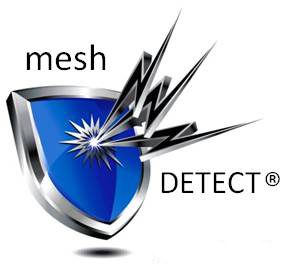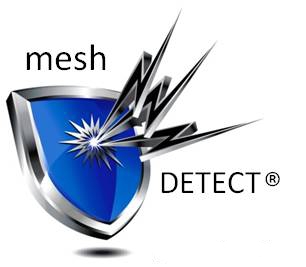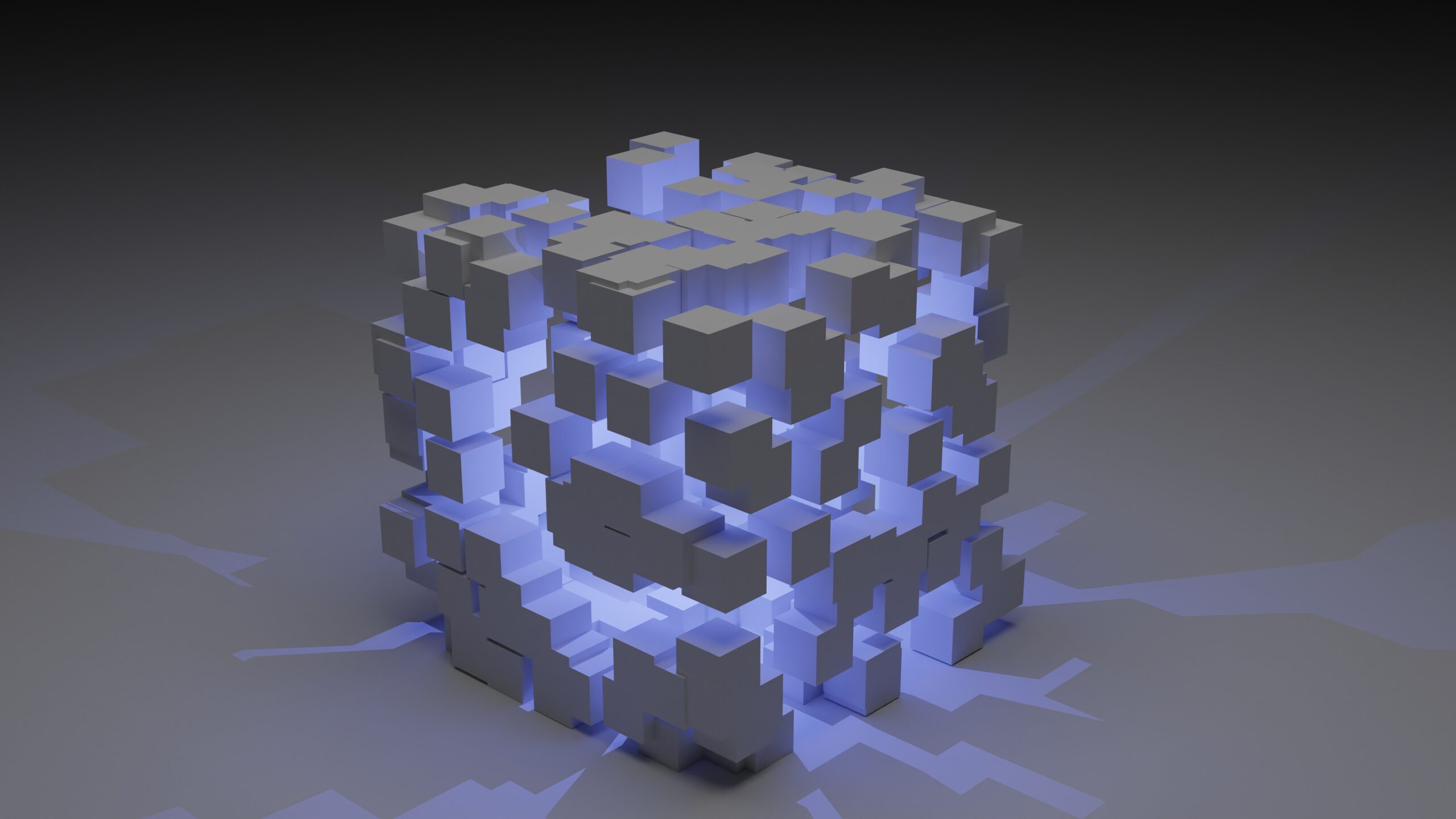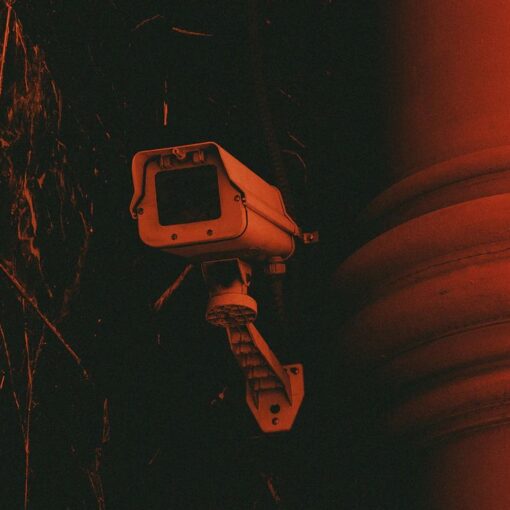 Continuing its offensive of suing its rivals for patent infringement, Securus filed suit against Ally Telecom and Network Communications International Corporation (NCIC).
Continuing its offensive of suing its rivals for patent infringement, Securus filed suit against Ally Telecom and Network Communications International Corporation (NCIC).
The five patents at issue are:
1.) United States Patent No. 5,655,013 (the “’013 Patent”) entitled “Computer-Based Method and Apparatus for Controlling, Monitoring, recording and Reporting Telephone Access” issued by the United States Patent and Trademark Office on August 5, 1997: A method and apparatus for managing institutional telephone activity utilizes a computer control unit to control a trunk management unit, which connects institutional telephones to outside telephone lines. The computer control unit contains a database for storing the calling privileges and restrictions of institutional users and for recording calling transactions made by the users. The computer control unit implements a prospective call screening feature whereby outside recipients of undesired calls from the institution may enter a code that directs the computer control unit to prohibit similar calls in the future.
2.) United States Patent No. 6,560,323 (the “’323 Patent”) entitled “Computer-Based Method and Apparatus for Controlling, Monitoring, recording and Reporting Telephone Access” issued by the United States Patent and Trademark Office on May 6, 2003: A method and apparatus for managing institutional telephone activity utilizes a computer control unit to control a trunk management unit, which connects institutional telephones to outside telephone lines. The computer control unit contains a database for storing the calling privileges and restrictions of institutional users and for recording calling transactions made by the users. The computer control unit implements a prospective call screening feature whereby outside recipients of undesired calls from the institution may enter a code that directs the computer control unit to prohibit similar calls in the future.
3.) United States Patent No. 7,529,357 (the “’357 Patent”) entitled “Inmate Management and Call Processing Systems and Methods” issued by the United States Patent and Trademark Office on May 5, 2009: Disclosed are systems and methods that provide centralized or nodal inmate management and telephone call processing capabilities to controlled environment facilities. An inmate management and call processing system serves a plurality of facilities and includes an inmate information database. The database is shared across the facilities and contains inmate records that may be accessed and modified by each facility as the inmate is transferred among those facilities. Each inmate record may include, among other information, contact information of third parties whom may be notified of the inmate’s arrest and/or subsequent transfers of the inmate to different facilities. The inmate management and telephone call processing system may use third party contact information to establish accounts used to charge calls or transactions made by an inmate while residing at the facility. Some systems may also provide call processing, video conferencing, e-mail, voicemail, and/or videomail applications, and the like to the facilities.
4.) United States Patent No. 7,899,167 (the “’167 Patent”) entitled “Centralized call processing” issued by the United States Patent and Trademark Office on March 1, 2011: Disclosed are systems and methods which provide a centralized architecture for call processing. Embodiments utilize voice over Internet protocols (VoIP) to carry calls from a location at which calling services are provided to a centralized call processing platform providing call processing functionality, such as calling party identification, call validation, call routing, and connection to the public switched telephone network (PSTN). Call processing gateways may be utilized to provide plain old telephone service (POTS) analog line interfaces for use with a plurality of telephone sets disposed for use at a location and at least one wide area network (WAN) interface for providing high speed data communication to a centralized call processing platform. PSTN interfacing by a call processing platform may be provided as a VoIP connection to the PSTN and/or as POTS trunking. Call processing platforms may provide for data sharing, aggregation, and/or analysis across multiple facilities served.
5.) United States Patent No. 8,340,260 (the “’260 Patent”) entitled “Inmate Management and Call Processing Systems and Methods” issued by the United States Patent and Trademark Office on December 25, 2012: Disclosed are systems and methods that provide centralized or nodal inmate management and telephone call processing capabilities to controlled environment facilities. An inmate management and call processing system serves a plurality of facilities and includes an inmate information database. The database is shared across the facilities and contains inmate records that may be accessed and modified by each facility as the inmate is transferred among those facilities. Each inmate record may include, among other information, contact information of third parties whom may be notified of the inmate’s arrest and/or subsequent transfers of the inmate to different facilities. The inmate management and telephone call processing system may use third party contact information to establish accounts used to charge calls or transactions made by an inmate while residing at the facility. Some systems may also provide call processing, video conferencing, e-mail, voicemail, and/or videomail applications, and the like to the facilities.
- Blockchain System for Compliant Inmate Transactions - March 4, 2025
- Securus Gets the Signal, Eleven Years Later - August 23, 2024
- Multi-Blockchain System for Inmate Forensics - April 2, 2024




